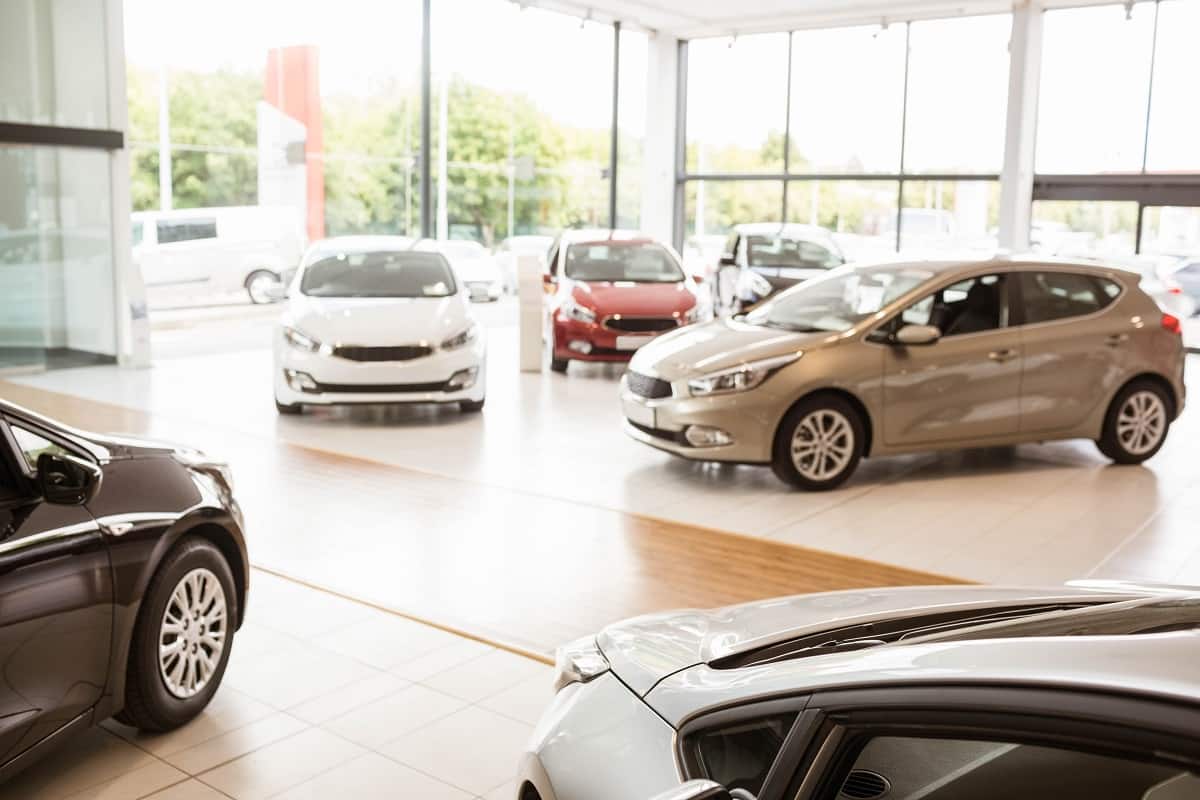Annual Review of Traffic Trends in Car Dealerships – A Report by the Car Dealers Association and Proxi.cloud.
In 2023, traffic in the car dealerships declined. The sale of new vehicles is steadily growing, even though cars are getting more expensive, and customers are less likely to “physically” visit dealerships. The Car Dealers Association and Proxi.cloud report this extraordinary market situation, publishing the Traffic in Dealerships report, summarizing the entire year of 2023.
The past year marked the car dealership industry’s return to pre-pandemic reality. Better sales results for new vehicles, averting the crisis of vehicle availability, semiconductors, raw materials, broken supply chains are just a few of the many factors indicating a gradual return to a healthy state of the industry. While we’ve not yet achieved results as strong as the year pre-pandemic, the robust increase in new car sales in Poland is noticeable. In 2023, the sale of all vehicles in the category up to 3.5 tons increased by about 10%.
The findings we see in the latest edition of the Traffic in Dealerships report, published quarterly by the Car Dealers Association and in partnership with technology company Proxi.cloud, might seem surprisingly. The final edition for 2023, showing results for Q4 in comparison with the previous three editions, shows a decrease in the number of customers choosing to “physically” visit car dealerships.
The last analyzed period showed the record low results in dealership traffic. The number of unique customers was even more than 32% lower in the case of premium brands. In all surveyed dealerships, which numbered slightly over 1700, customer numbers compared to 2022 dropped by an average of 18.9%. As one can expect, the situation looked slightly better in the case of high-volume brands, where the number of customers dropped by “only” 15.9%.
The situation is similar in terms of overall dealership traffic, though the results were proportionally worse. Compared to 2022, traffic in all dealerships was down by 19.5%, in premium brand dealerships by as much as 35%, and in the others, by 15.4%.
Compared to the rest of the year, the last quarter stands as the worst. Despite the challenging year that 2023 was, in previous assessed periods, the results for dealership traffic and the number of unique customers were a few percentage points higher. The first quarter, alone, saw increases, reaching 5.6% (dealership traffic) and 7.6% (number of customers). Still, there’s no need to be fooled—the year-end results show a sharp drop in the interest in visiting a dealership. However, what is driving the increasing sales level in the market?
The report authors emphasize that the rising prices of new cars and manufacturers gradually letting go of budget models from their ranges are at the heart of this situation. Fewer individual customers can afford to buy a car from a dealership. Experts point out that about 70% of new car registrations in Poland are “on REGON” (business registration number), but in practice, the total share of sales to companies may be even higher, estimated at about 85%.
“Companies that can adjust their purchasing power by raising the prices of their offered services have become the dominant group buying new cars in Poland. At the same time, we must remember that the statistical individual customer who visits authorized dealerships usually buys only one vehicle during a visit, even though they visit considerably more than one dealership. The situation is qualitatively different for fleet customers. Fewer visits or no visits at all, with larger purchases, results in a situation where sales are increasing despite the reduction in dealership traffic,” comments Paweł Tuzinek, President of the Car Dealers Association.
From the report, we also learn that the average number of dealerships visited by a single customer remains essentially unchanged, with a drop in the indicator of just 0.02 points. It is visible that customers are still interested in comparing offers from different manufacturers and dealers, visiting an average of 1.35 dealerships. This means that in practice, some of the surveyed customers visited more than one location.
“Although the decline in the number of customers visiting dealerships is noticeable, and at the same time sales are increasing, it seems premature to conclude that customers are turning their backs on traditional, in-store sales. Fewer visits and visitors may result from part of the process moving online, like with online configurators, but that doesn’t mean we’re dealing with a drastic change and a complete departure from brick-and-mortar sales. Considering how complex a car is, we may still have to wait for a transition to mass online sales. The question is, would customers even want this kind of car buying model? But the decline is noticeable, and we have to keep an eye on the market,” adds Dr. Nikodem Sarna, expert at Proxi.cloud.
The report also presented changes in the preferred day of the week for a visit to the dealership, where similar, moderate dynamics could be observed throughout the year. Friday became the leader in the fourth quarter of 2023. Interestingly, a distinctive result was presented for Saturday, which, in contrast to other quarters, lost its prominence. Regarding the time of dealership visits, no significant changes were noted compared to the previous year or even the previous quarter. During the last period analyzed, slightly more people started visiting dealerships in the morning hours.
